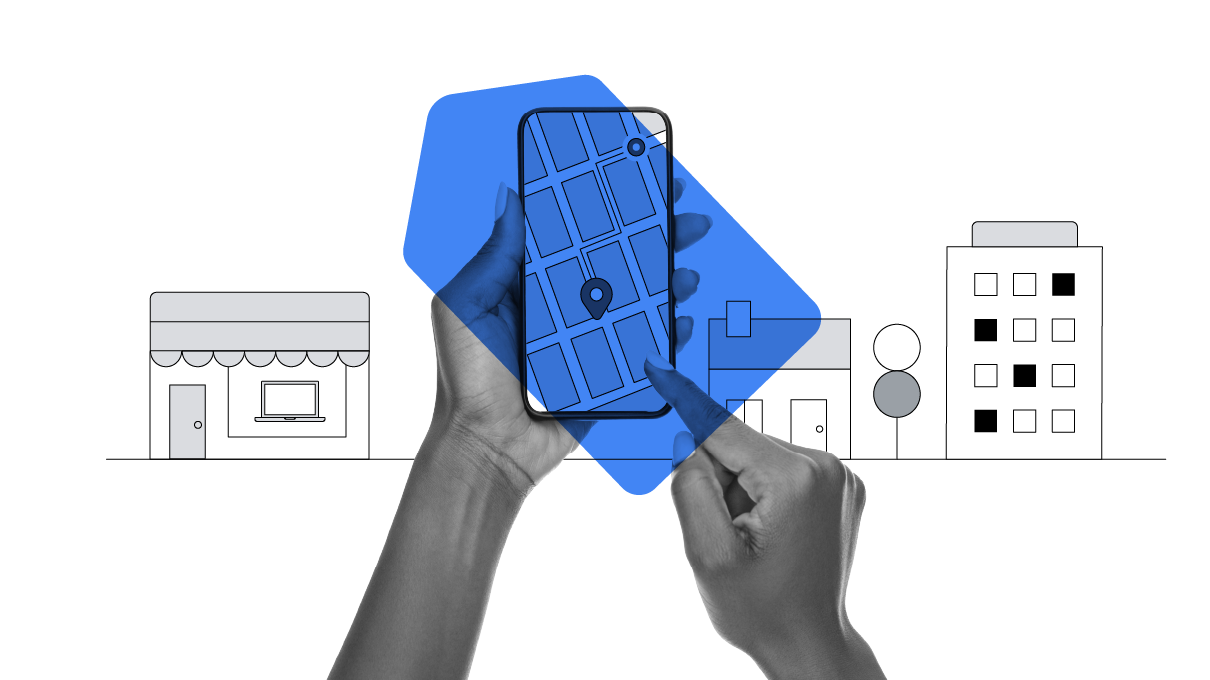Digital transformation is complex. It’s made even more complex if your entire business model is disrupted by a global pandemic. Here, Dutch brand Vista’s CMO Ricky Engelberg and EVP and Chief Data Officer Sebastian Klapdor discuss how data, insights and a willingness to embrace change were pivotal to their success.
Vista began as an online printing services company that created business cards and other physical marketing materials for small- and medium-sized businesses (SMB). But, like so many other companies, the pandemic forced us to reevaluate everything we’ve known and change course to accommodate the incredible digital acceleration of the past two years.
As B2B buyer behaviour continues to evolve rapidly in response to global events, business leaders must ensure that their plans are equally fluid.
Early in the pandemic, the average consumer may have seen us pivot toward the sale of masks, but our evolution goes far beyond a single product. Behind the scenes, we’ve undertaken a digital transformation — centred on data, careful planning, and flexible budgeting — that has allowed us to adapt and offer customers a diverse set of personalised offerings.
Successful, growth-oriented organisations are increasingly defined by such agile budgeting strategies. That only makes sense. As B2B buyer behaviour continues to evolve rapidly in response to global events, business leaders must ensure that their plans are equally fluid. Let’s take a look at Vista’s own digital transformation, and how a flexible approach delivered the growth we needed.
We embraced change to meet customer needs
Once it became apparent that a two-week lockdown in early 2020 wouldn’t halt the fast-spreading COVID-19, we had an inkling that big changes lay ahead. As time went on, trade shows were cancelled, business cards became superfluous, and our print customers sought new solutions to help keep them afloat.
Our leadership commissioned customer research to uncover what our clients needed during this uncertain time. When you have an understanding of customer needs, it’s easier to know what products to offer.
Our research showed us that, indeed, the printing requirements of our SMB customers had changed dramatically. The coffee shop on the corner no longer needed paper menus; it needed QR codes so patrons could view their offerings on their phones, a beefed up website for online ordering, and a social media presence. Instead of throwing up our hands, we saw this as an opportunity to move away from being “just their printer” to becoming their full-service digital marketing and design partner. We also learned that purchasing websites and digital branding solutions could be a gateway for small businesses to buy additional services.
When you have an understanding of customer needs, it’s easier to know what products to offer.
To step into this larger role, we had to budget differently. And so our marketing and data organisations partnered with our finance leadership to institute flexible performance budgets that would let us rapidly reallocate resources to grasp emerging opportunities.
We leveraged data and insights for planning and budgeting
We knew we would need a strong foundation of data to justify this new and more dynamic budgeting approach. For this and a host of other reasons, “data-driven” has become something of a rallying cry at Vista over the last 18 months. In that time, we have grown our data and analytics team from 130 to more than 300 members, allowing us to seize a number of key data-focused opportunities.
First off, a new focus on first-party data helped us keep pace with customer changes as we used it to test, learn, and optimise our marketing budgets for return on ad spend (ROAS).
For example, before the pandemic, we didn’t ask our customers: “What business are you in?” Now we do, which helps train our models. And we’re figuring out what three or four additional questions we need to ask all of our customers to serve them with the most relevant experiences and offerings. With this new data coming in, we’re increasingly able to reach customers in hyper-customised ways.
Additionally, we’ve started to build scalable data products that provide a much more personalised experience for our customers.
Examples include recommendation engines and “next-best action” models for use cases such as replenishment. We’re offering these data-driven solutions to customers in the form of relevant experiences on our website and email channels, and customers are engaging strongly with this custom content.
When it comes to brand marketing, our ability to adapt requires knowledge of the customer journey.
On the performance marketing side, we moved away from planning based on expected top-line revenue, which doesn’t account for differences in product margins. Instead we look at ROAS via Google’s automated Target ROAS bidding, optimising for lifetime value. We also started sharing real-time gross profit data with Google’s team, which allows for further optimisation of our ROAS strategy. We have quickly scaled this approach across millions of keywords using a machine-learning model.
This reorientation around ROAS has significantly transformed our marketing operations. By using gross profit and lifetime value to measure ROAS for each product, while leveraging Google’s ROAS tool, we now make frequent budget changes to align with our CFO’s bottom-line goals.
Before we created the data team, we were using less than 1% of what we knew about our customers to make decisions to better serve them.
When it comes to brand marketing, our ability to adapt requires knowledge of the customer journey. YouTube has been critical in allowing us to tell a great brand story. Not only that, but our marketing and data teams have worked hand in hand with Google and YouTube to map the customer journey from a remarketing perspective and look at the full funnel. This partnership has helped us create integrated ad campaigns with high-impact brand placements where we reach customers, whether they’re in an awareness, consideration, or purchase-ready stage. And our flexible performance marketing budget has allowed us to nimbly revise our media mix, so we can focus our spend on our most profitable advertising channels, as we did when shifting some budget from television to YouTube.
We achieved growth with flexible plans and automation
By keeping marketing plans fluid to meet our SMB customers’ needs and using Google’s automation tools to rapidly pivot investments, we have been able to double down on winners and achieve substantial growth during a tumultuous time.
When we started our data team, we did a rough assessment of how much first-party data we were using before we created the team. It turns out we were using less than 1% of what we knew about our customers to make decisions to better serve them. Over the last 18 months, we have increased that number by a couple of percentage points, which has already translated to an increase in ROAS of more than 10 percentage points. This also shows how much opportunity we have ahead of us.
Our customer engagement KPIs have also improved significantly thanks to our personalisation efforts, which are powered by automation tools. Meanwhile, our ads efficiency has risen, with ROAS rising by a double-digit percentage as we leverage our algorithms at scale.
Finally, we’re beginning to see an influx of new customers. Our YouTube-heavy campaign drove a substantial increase in awareness among new small businesses. How we take advantage of that seed of a relationship remains to be seen, but it’s encouraging to see that opening up a new channel like YouTube allows us to reach young businesses. Millions of new, small companies are founded every year, and we believe strongly that meeting their needs will lead to meaningful, lifelong customer relationships.






